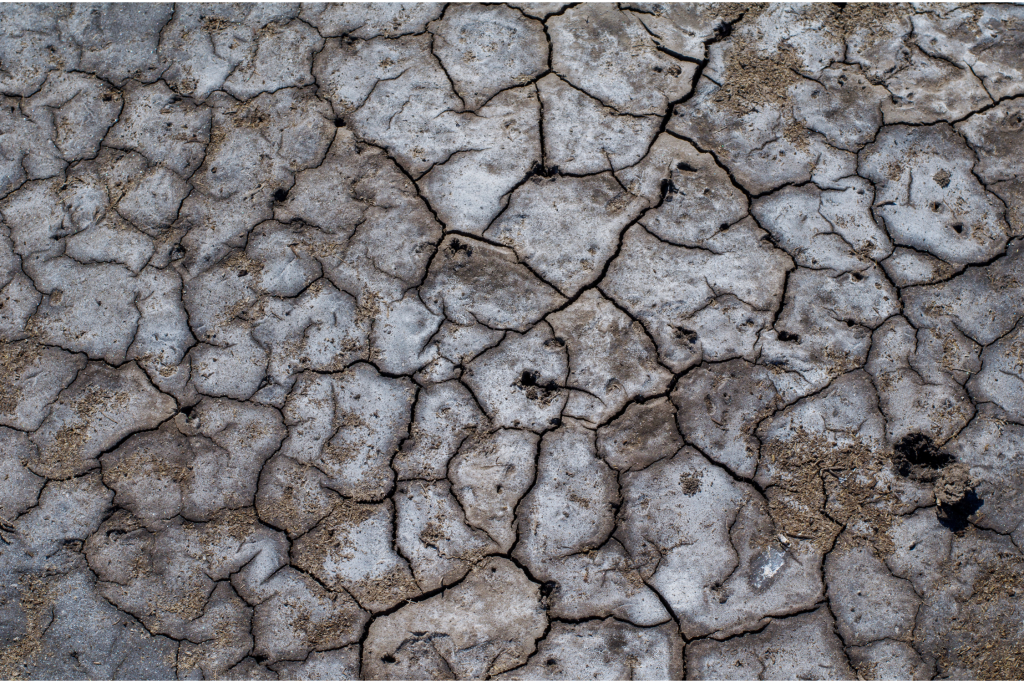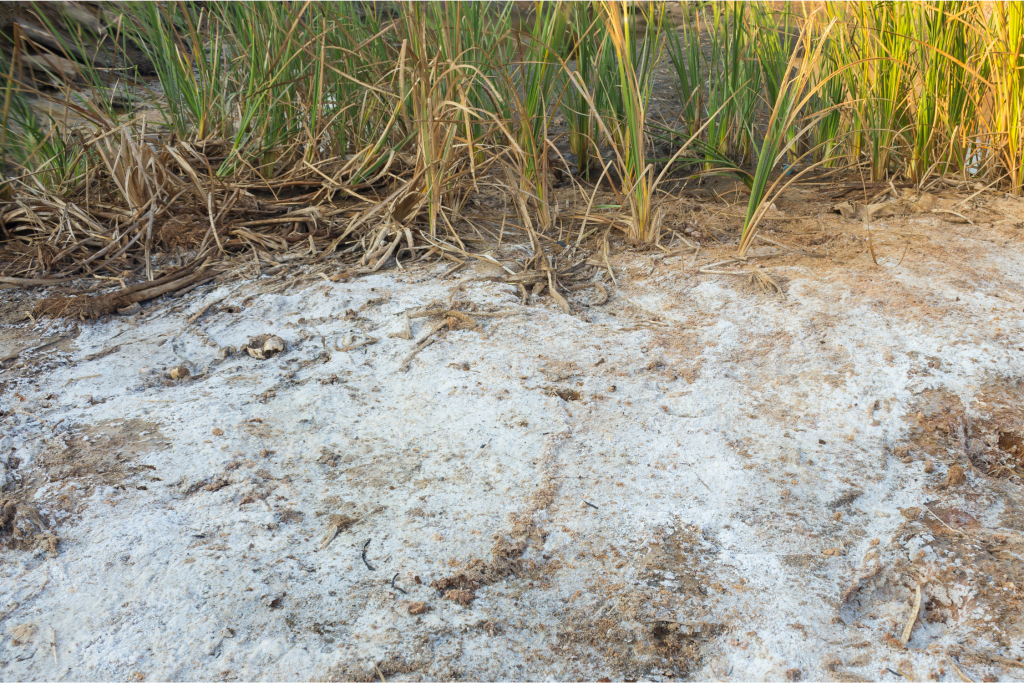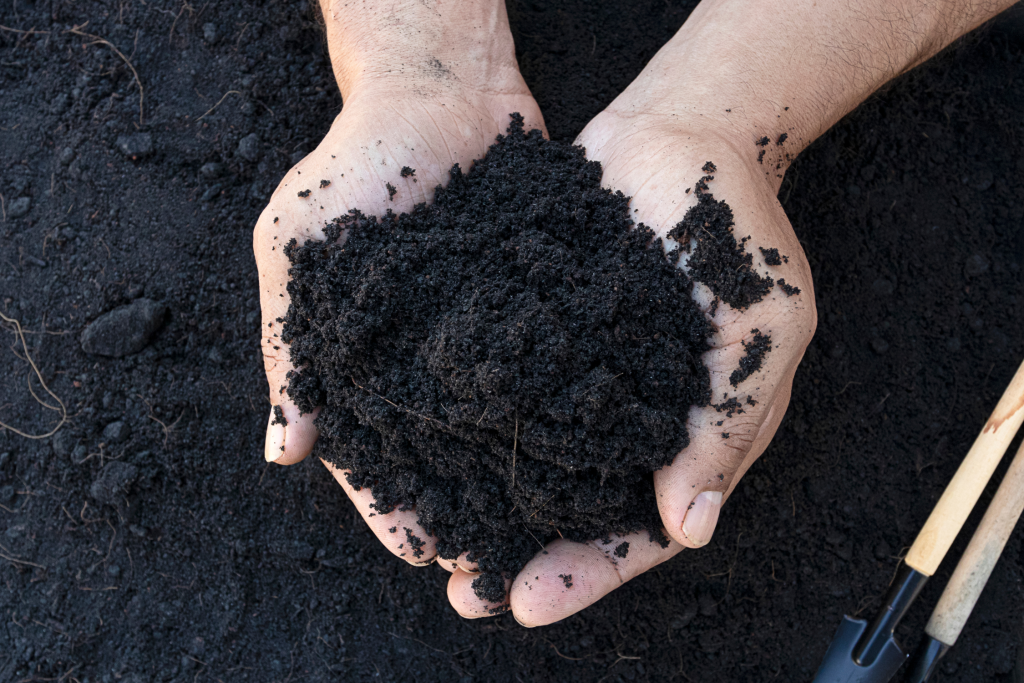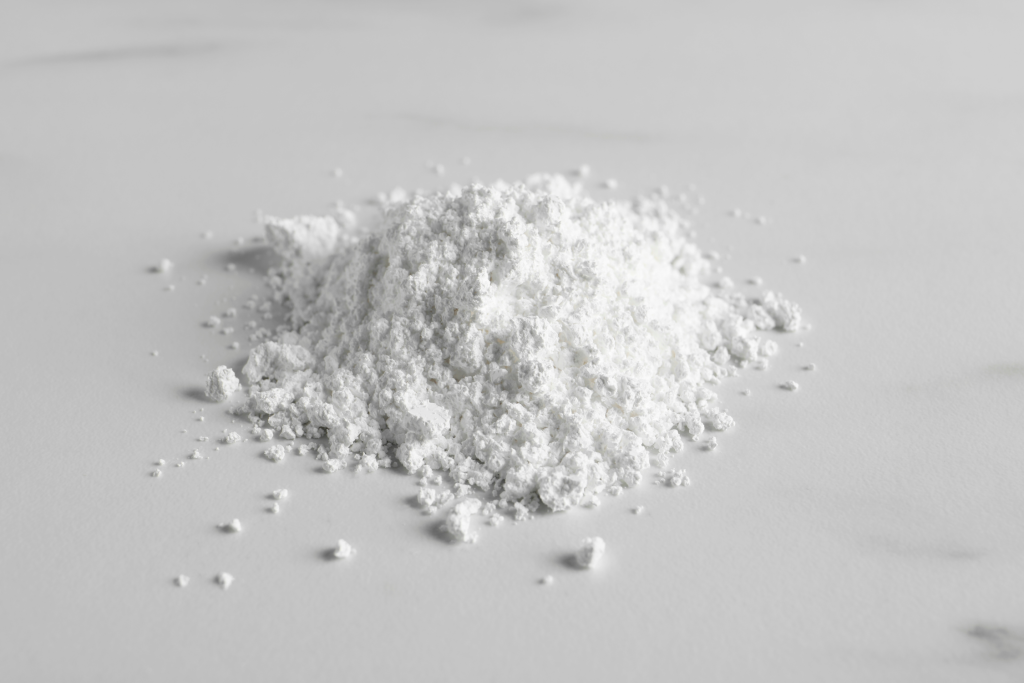
Saline soil, characterized by high concentrations of soluble salts, presents significant challenges for gardening and agriculture. Understanding the causes of saline soil, its effects on plant growth, and effective strategies to improve fertility is crucial for overcoming these obstacles and cultivating healthy gardens. In this blog, we will delve into what saline soil is, explore its impacts, and provide practical tips on enhancing soil fertility.
What is Saline Soil?
Saline soil, also known as salt-affected soil, contains elevated levels of soluble salts such as sodium chloride (table salt), magnesium sulfate, and calcium sulfate. These salts accumulate in the soil due to various natural and human-induced factors, leading to adverse effects on plant growth and soil quality.
Causes of Saline Soil

- Natural Causes:
- Geological Deposits: Saline soil can occur in regions with underlying salt deposits, which are brought to the surface through natural processes like weathering and erosion.
- Sea Spray: Coastal areas may experience saline soil due to the deposition of salt from sea spray carried by winds.
- Human-Induced Causes:
- Irrigation Practices: Over-irrigation in arid and semi-arid regions can lead to the accumulation of salts in the soil as water evaporates, leaving salts behind.
- Poor Drainage: Inadequate drainage can cause waterlogging, leading to salt accumulation from dissolved minerals in stagnant water.
Effects of Saline Soil on Plants
- Reduced Water Uptake: High salt concentrations in the soil create an osmotic imbalance, reducing the ability of plants to absorb water through their roots.
- Nutrient Imbalance: Salinity interferes with nutrient uptake by plants, leading to deficiencies in essential elements like nitrogen, potassium, and calcium.
- Stunted Growth: Saline soil inhibits root development and overall plant growth, resulting in reduced crop yields and poor aesthetic quality in ornamental plants.
Improving Fertility of Saline Soil
Improving saline soil fertility involves reducing salt levels and restoring soil health to create a more hospitable environment for plant growth. Here are effective strategies to mitigate salinity and enhance soil fertility:
1. Leaching
- Leaching: Flush out salts from the soil by applying large quantities of water to dissolve and carry away accumulated salts below the root zone. Repeat leaching periodically to lower salt concentrations effectively.
2. Organic Matter

- Organic Matter: Incorporate organic amendments such as compost, manure, or green manure into saline soil to improve soil structure and fertility. Organic matter enhances water retention and nutrient availability while supporting beneficial soil microorganisms.
3. Gypsum Application

- Gypsum Application: Apply gypsum (calcium sulfate) to saline soil to displace sodium ions and improve soil structure. Gypsum helps to reduce the harmful effects of sodium and enhance water infiltration and drainage.
4. Soil Amendments
- Soil Amendments: Balance soil pH and improve nutrient availability by adding appropriate fertilizers or amendments based on soil test results. Select fertilizers that are low in salts to avoid exacerbating salinity.
5. Improved Drainage
- Improved Drainage: Install drainage systems or incorporate drainage-improving materials like sand or gravel to prevent waterlogging and minimize salt accumulation in the root zone.
Conclusion
Saline soil presents formidable challenges for gardeners and farmers alike, but with strategic management and soil improvement practices, fertility can be restored and plants can thrive once more. By addressing the causes of salinity, implementing effective leaching and amendment strategies, and selecting salt-tolerant plants where appropriate, you can transform saline soil into a productive and flourishing garden environment.
Embrace the opportunity to experiment with different techniques and observe the resilience of plants as they adapt to improved soil conditions. With patience and persistence, you can create a vibrant garden oasis, demonstrating the power of proactive soil management and sustainable gardening practices.



